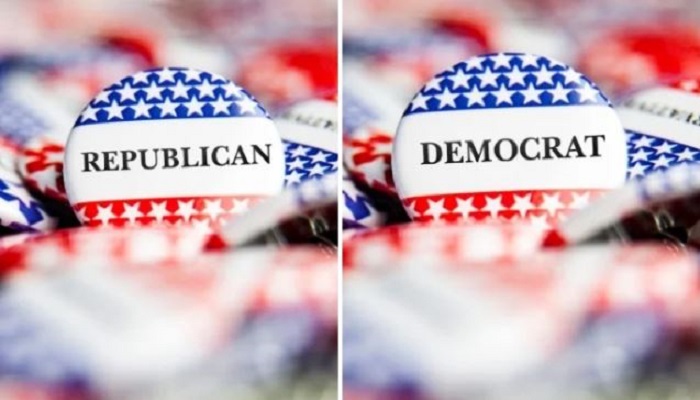The political landscape in the United States is dominated by two main parties: the Republicans and the Democrats, creating a firmly established two-party system.
However, this binary system is a relatively recent development in American history. The founding fathers, who crafted the nation’s governance framework, notably did not address political parties in their writings. Alexander Hamilton, a key figure among the founding fathers, referred to political parties as “the most fatal disease.” Similarly, George Washington, the first president, warned in his farewell address that the emergence of factions could lead to “frightful despotism.”
Despite these early warnings, ideological divisions over the federal government’s role have propelled the country toward a system where two major parties consistently dominate, influencing political discourse and governance for more than two centuries.
In the U.S., the representation system is based on which candidate receives the most votes in each electoral district, rather than requiring a majority of the votes cast. While there are other political parties in the country, the dominance of the Republican and Democratic parties has significantly limited opportunities for these smaller parties to gain traction or establish a presence among voters.
The winner-takes-all system contributes to the oscillation of power between the Democrats and Republicans. Both parties closely monitor voter dissatisfaction and frustration, shaping their election campaign agendas to attract those voters.
Maurice Duverger, a French political scientist, articulated this phenomenon in what is now known as Duverger’s Law. This principle asserts that in a plurality-based political system, a two-party system is likely to emerge. Voters tend to avoid wasting their votes on candidates perceived as unlikely to win, opting instead for alternative candidates.
Sam Rosenfeld, an associate professor of political science at Colgate University, notes that while some political scientists argue that Duverger’s Law is not an absolute rule, it serves as a useful guideline. He explains that single-member districts and plurality elections tend to foster stable two-party systems, making it difficult for third parties to gain a foothold. Voters often act strategically, fearing that voting for their preferred candidate might inadvertently aid the election of a candidate they dislike the most.
Over the past two centuries, the two-party system has become deeply embedded in American society, evolving into a cultural norm.


















